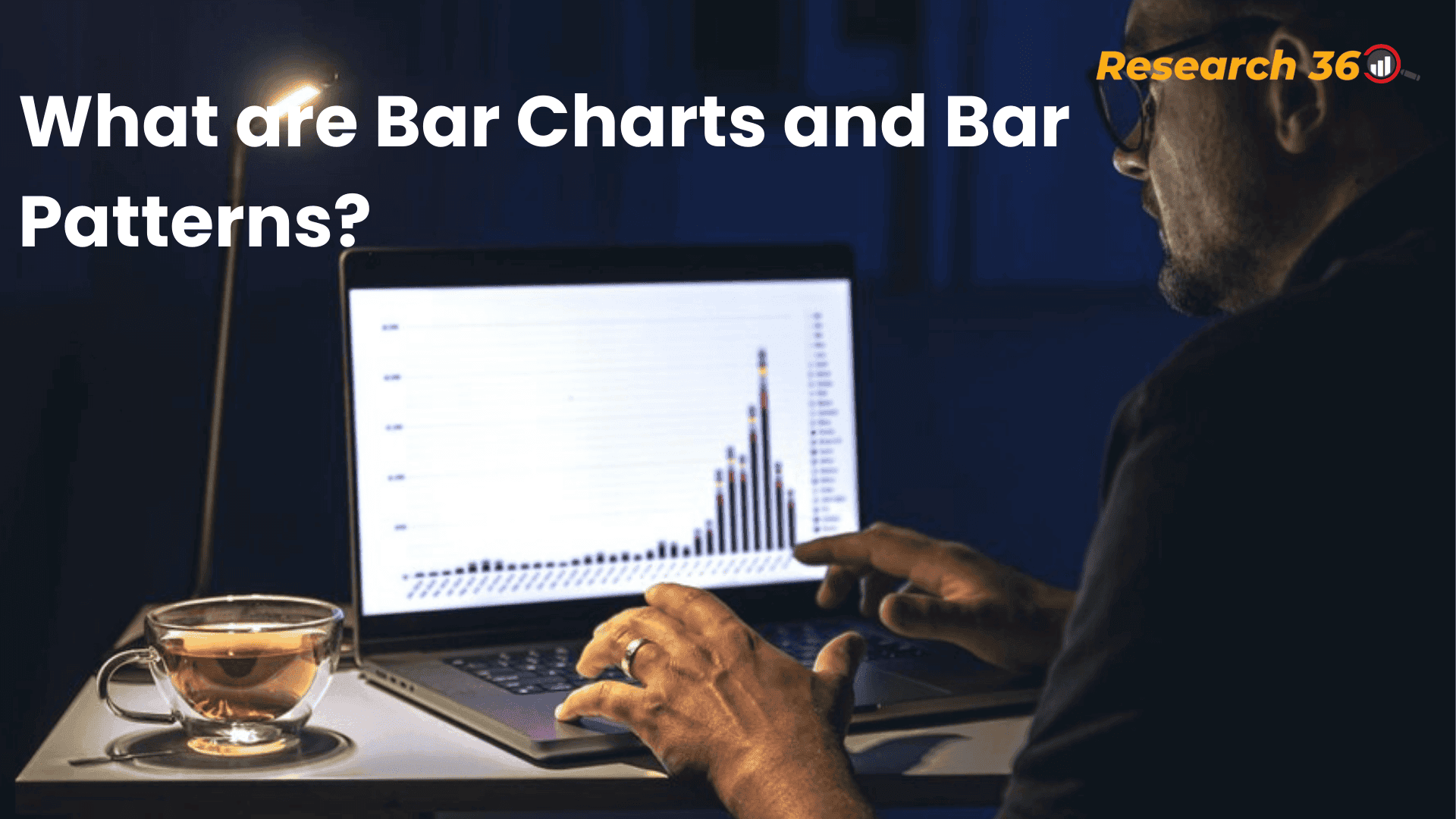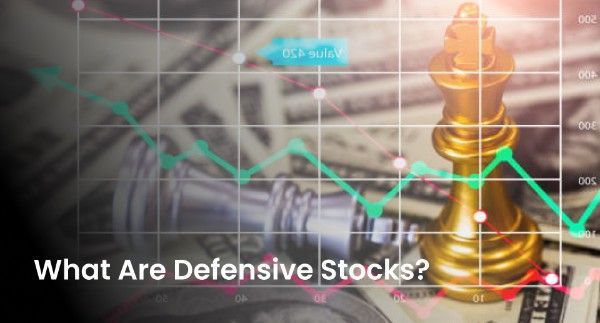What are Bar Charts and Bar Patterns?

Bar charts and bar patterns are invaluable tools in a trader's arsenal. Here is everything you need to know about these two concepts, including some common bar patterns you are likely to encounter while trading.
Making informed decisions is crucial for success when trading in the stock market. Chart analysis is among the various techniques you can use to support your decisions. By analysing the price charts of an asset, you can identify trends, predict future price movements, and spot potential trading opportunities.
One of the most widely used types of charts in technical analysis is the bar chart, which provides the price information of an asset in a concise, visual format. By reading through the bar charts in the stock market, you can quickly spot bar patterns.
Bar patterns are specific configurations of price bars that can provide insights into potential future price movements. With the help of these patterns, you can identify potential trend continuations, possible trend reversals, and entry and exit points for trades.
In this article, we will delve into the concepts of bar charts and bar patterns. Additionally, we will also look at some of the most common patterns you are likely to encounter and what they mean.
What are Bar Charts?
Bar charts are one of the many different ways to visually represent price information in the financial markets. Each bar in a bar chart represents a specific timeframe, which can be anywhere from a minute to one month and even longer.
The bars in a bar chart consist of four key elements: open, high, low, and close (OHLC). Here’s a quick overview of what they mean.
Open: A small horizontal line on the left side of the vertical bar represents the opening price of the asset for a particular period.
High: The top of the straight vertical bar indicates the highest price that the asset reached during the period.
Low: The bottom of the straight vertical bar indicates the lowest price that the asset reached during the period.
Close: A small horizontal line on the right side of the vertical bar represents the closing price for the period.
Depending on how the price moves during the period, the bar will either be represented in green or red. For instance, if the price starts low and rises during a trading session, the bar will be represented in green. On the other hand, if the price starts high and falls during the trading session, the bar will be represented in red.
What are Bar Patterns?
Bar patterns refer to specific arrangements of bars within the price charts. By spotting these patterns, traders can predict how the price of an asset will move in the future. Bar patterns can consist of either single bars or multiple bars. Generally, patterns with multiple bars are often considered to be stronger signals of impending price movements.
Although bar patterns can provide insights into potential market movements, they are often used in conjunction with other technical analysis tools and indicators to make trading decisions. This is done to reduce risk and improve trading outcomes since the patterns may sometimes generate false signals, especially if the markets are range-bound or highly volatile.
What are Some Common Bar Patterns and What Do They Signify?
Let us now look at some of the most common bar patterns and what they signify.
Inside Bar Pattern
The inside bar pattern is one of the simplest price patterns and is easy to identify. It consists of two bars, where the second bar is completely contained within the trading range of the first bar. The inside bar pattern often indicates a period of consolidation and may appear before a breakout.
Outside Bar Pattern
The outside bar pattern is also easy to spot and recognize. Similar to the inside bar, this pattern also consists of two bars. However, the first bar is shorter and is completely engulfed by the second bar. The appearance of the outside bar pattern in the bar charts at the top of an uptrend or the bottom of a downtrend usually signals a potential trend reversal.
When the outside bar pattern appears during an uptrend, it is characterized by a short green bar, followed by a long red bar that completely engulfs the first bar. On the other hand, when the outside bar pattern appears during a downtrend, it is characterized by a short red bar, followed by a long green bar that completely engulfs the first bar.
Two-Bar Reversal Pattern
Also known as a pivot point, the two-bar reversal pattern consists of two consecutive bars that indicate an impending trend reversal. When the pattern appears in the bar charts at the top of an uptrend, it is characterized by a strong green bar, followed by a strong red bar that closes below the midpoint of the first bar. The appearance of this pattern is usually followed by a bearish trend reversal.
Meanwhile, when the two-bar reversal pattern appears at the bottom of a downtrend, it is characterized by a strong red bar, followed by a strong green bar that closes above the midpoint of the first bar. The appearance of this pattern is usually followed by a bullish trend reversal.
Three-Bar Reversal Pattern
The three-bar reversal pattern is essentially a two-bar pattern with a third confirmation bar. When it appears during an uptrend, the pattern consists of a strong green bar, a red bar that closes below the midpoint of the first bar, followed by another red bar that closes even lower than the second bar. The appearance of this pattern usually triggers a bearish trend.
On the contrary, when the three-bar pattern appears during a downtrend, it consists of a strong red bar, a green bar that closes above the midpoint of the first bar, followed by another green bar that closes above the second bar.
The three-bar reversal pattern is often considered to be a much stronger signal of trend reversals compared to single-bar and two-bar patterns.
Exhaustion Bar Pattern
The exhaustion bar pattern is one of the most important single-bar patterns since it indicates the potential end of a strong trend. The pattern is visually represented by an unusually long bar with a large price range. When it appears during a prolonged uptrend or downtrend, it suggests that the trend is losing momentum and that a possible reversal could take place.
Also Read: Shooting Star Candlestick Pattern – Strengths And Trading Ideas
Conclusion
With this, you must now be aware of what bar patterns and bar charts in the stock market are. As a trader, it is important for you to thoroughly understand these two concepts, as they are vital for predicting future price movements in an asset.
However, it is important to remember that no single bar pattern can ever accurately predict how an asset may move in the future. Therefore, it is advisable to have strict risk management measures in place whenever trading using bar patterns to protect your position from adverse market movements.
If you are looking for a comprehensive and feature-rich charting tool to help you monitor asset price movements, head over to Research 360. It is a stock research platform powered by Motilal Oswal, one of India’s leading stockbrokers. With Research 360’s charting tool, you can view price charts for all your favorite stocks and indices. That’s not all. You can also customize various aspects, ranging from the time frame to the type of chart, to suit your needs.

















